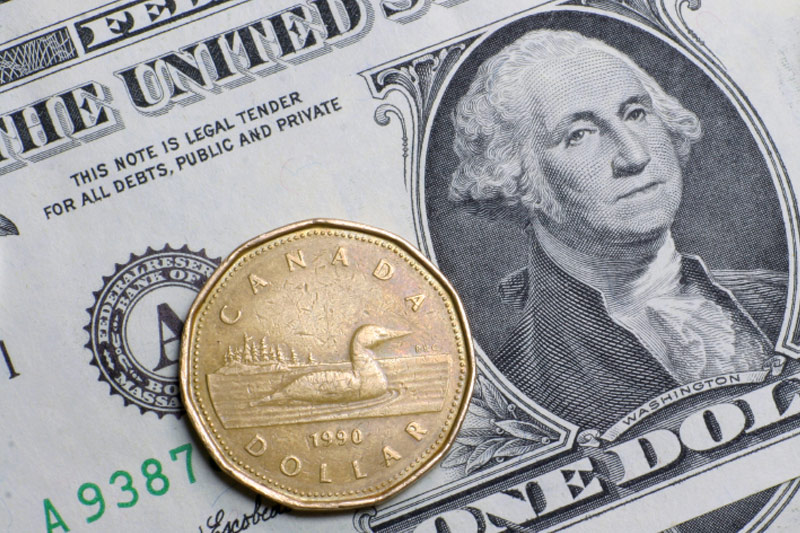Investing.com - The U.S. dollar hit fresh highs against its Canadian counterpart on Thursday, trading at a nearly six-year peak as data showing that U.S. jobless claims fell to the lowest level since 2000 last week coupled with the Federal Reserve's latest policy statement supported the greenback.
USD/CAD hit 1.2562 during early U.S. trade, the pair's highest since April 2009; the pair subsequently consolidated at 1.2553, up 0.14%.
The pair was likely to find support at 1.2382, Wednesday's low and resistance at 1.2714.
In a report, the U.S. Department of Labor said the number of individuals filing for initial jobless benefits in the week ending January 24 decreased by 43,000 to 265,000 from the previous week’s total of 308,000.
Analysts had expected initial jobless claims to decline by 8,000 to 300,000 last week.
The greenback also remained supported after the Fed signaled that interest rates could start to rise around mid-year.
Following its policy meeting on Wednesday, the Fed said it would keep rates on hold at least until June and reiterated its pledge to be patient on raising interest rates, while acknowledging the solid economic recovery and strong growth in the labor market.
The central bank also said it expected inflation to keep declining in the short term and added that it would take "financial and international developments" into account before deciding when to hike borrowing costs.
The loonie was lower against the euro, with EUR/CAD climbing 0.48% to 1.4218.
In the euro zone, Germany's Federal Statistics Office said the number of unemployed people declined for the fourth consecutive month in January, falling by 9,000, compared to expectations for a drop of 10,000.
The report showed that Germany’s unemployment rate hit a record-low 6.5% in January, down from 6.6% in December, in line with expectations.
Data also showed that Germany fell into deflation for the first time since July 2009 this month. The annual rate of consumer inflation fell 0.3% in January, slowing from 0.2% in December and worse than forecasts for a decline of 0.2%.
Later in the day, the U.S. was to publish private sector data on pending home sales.
